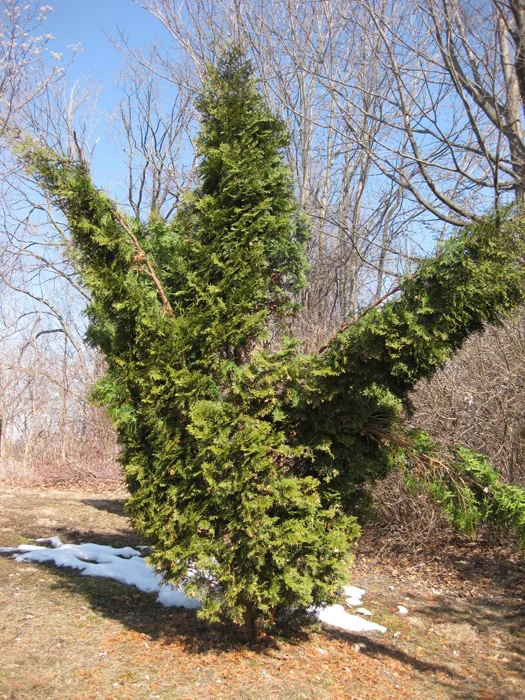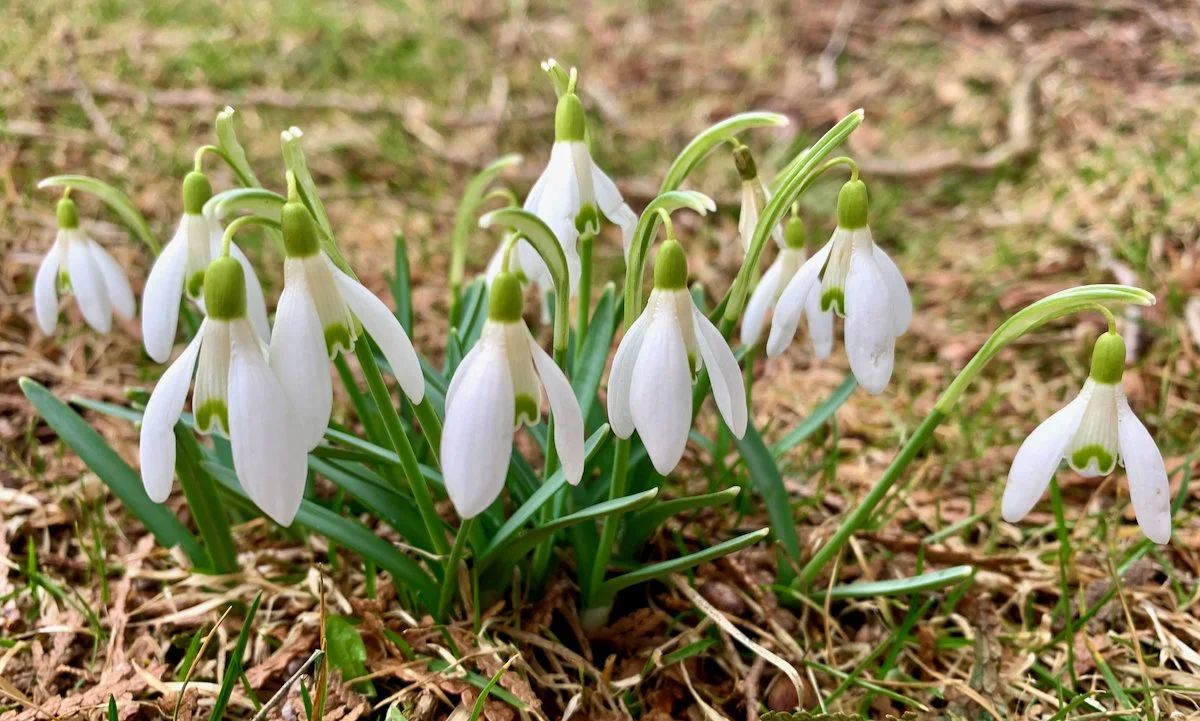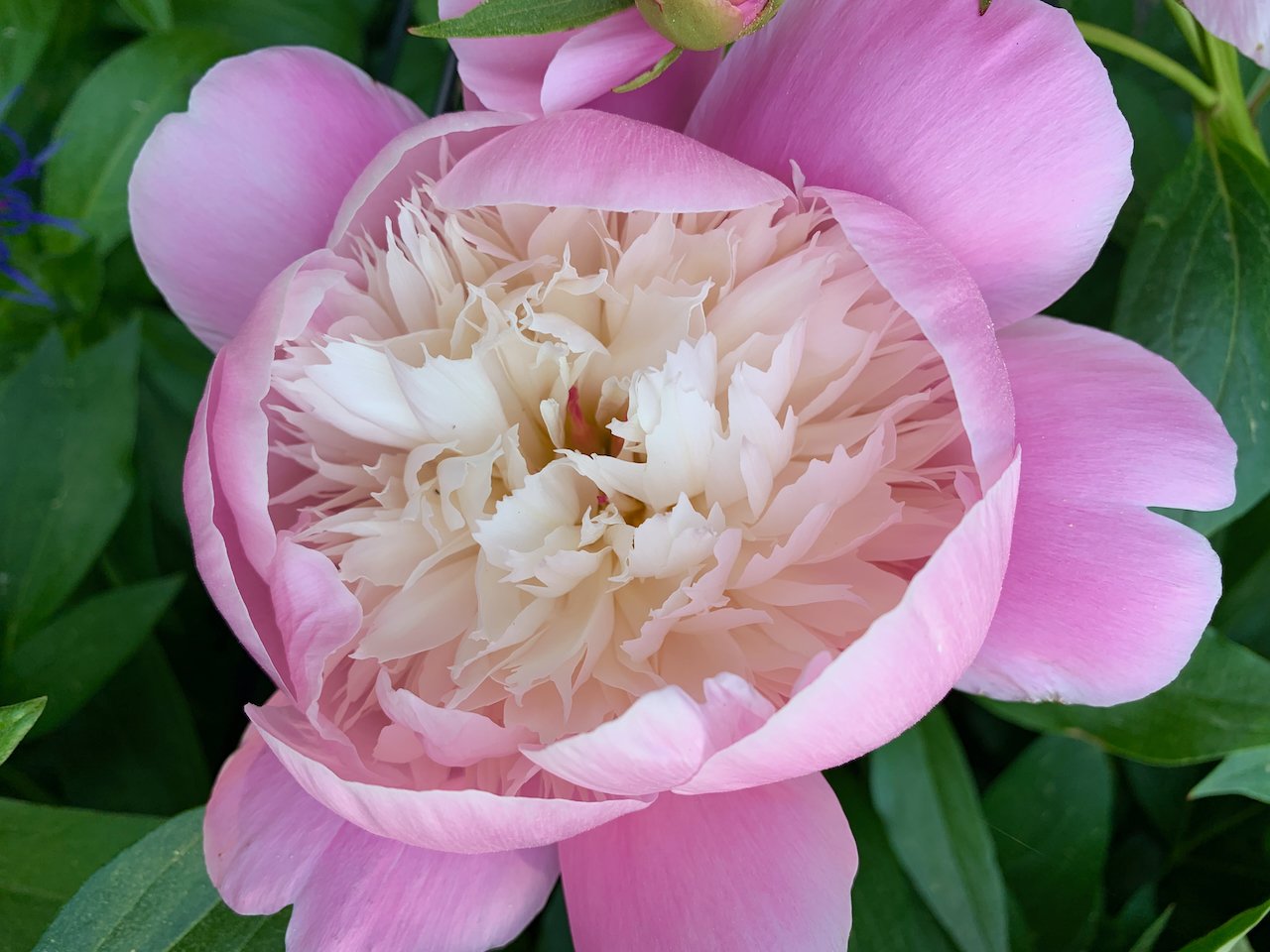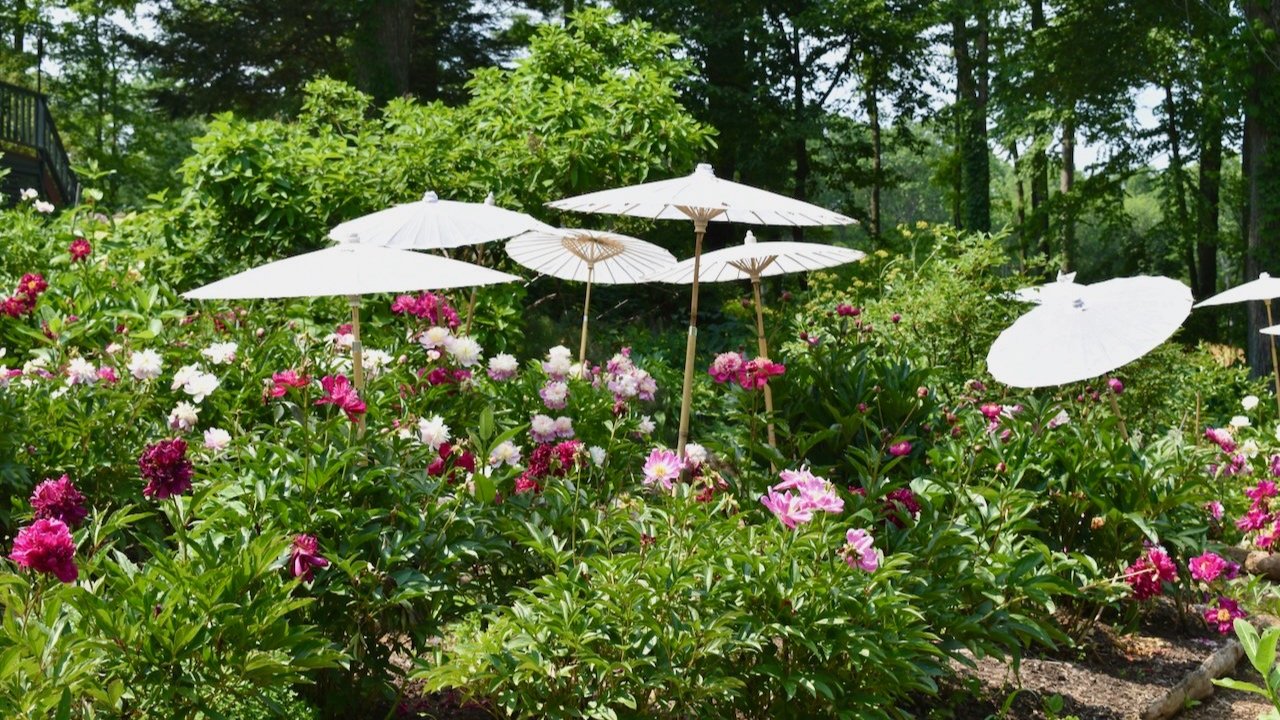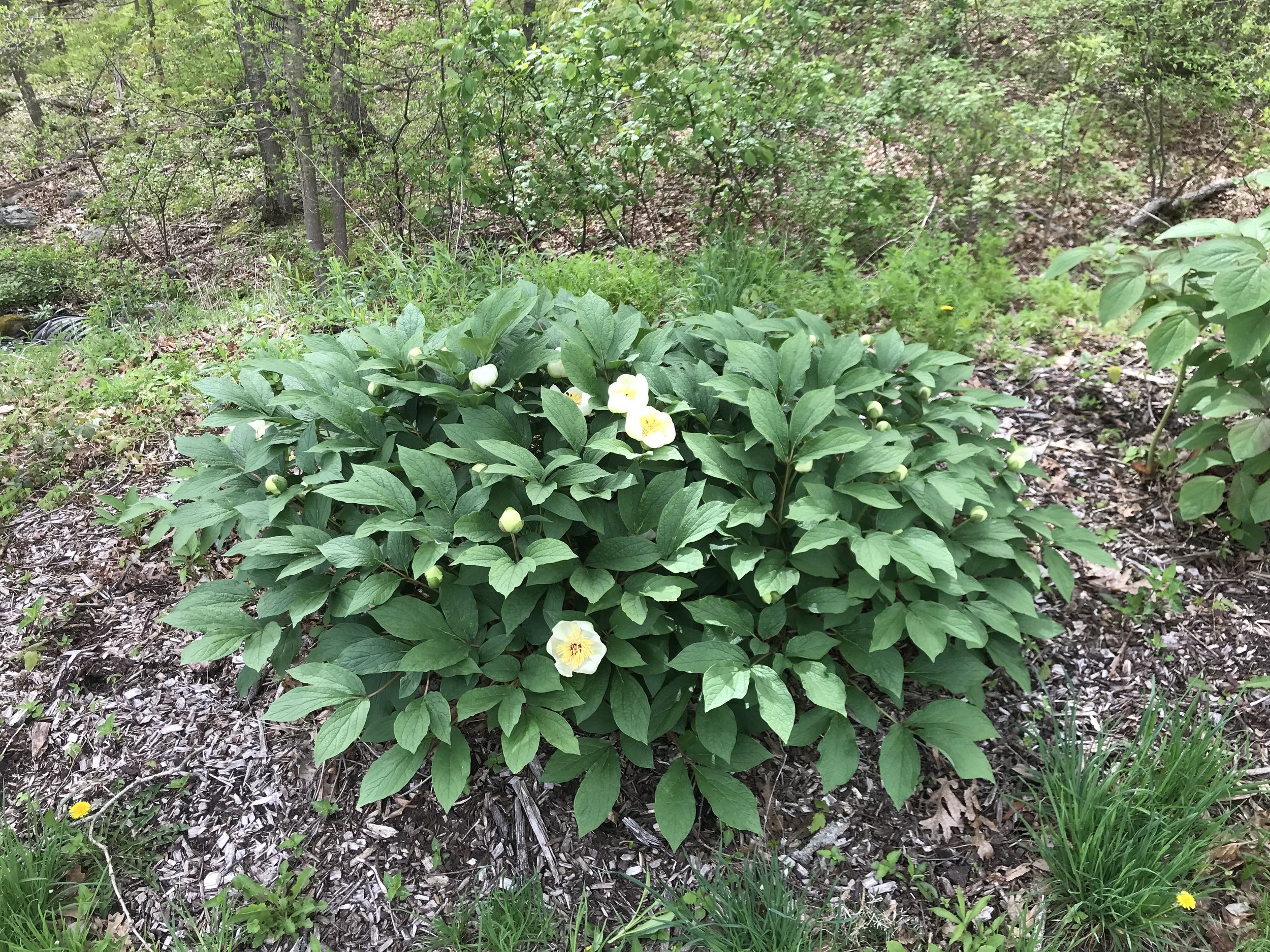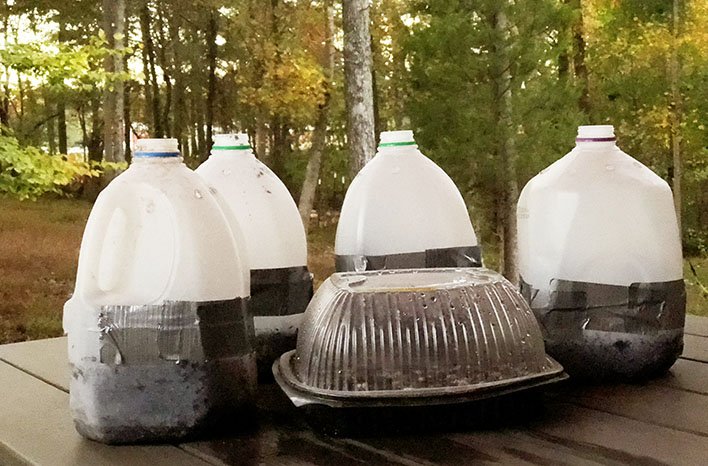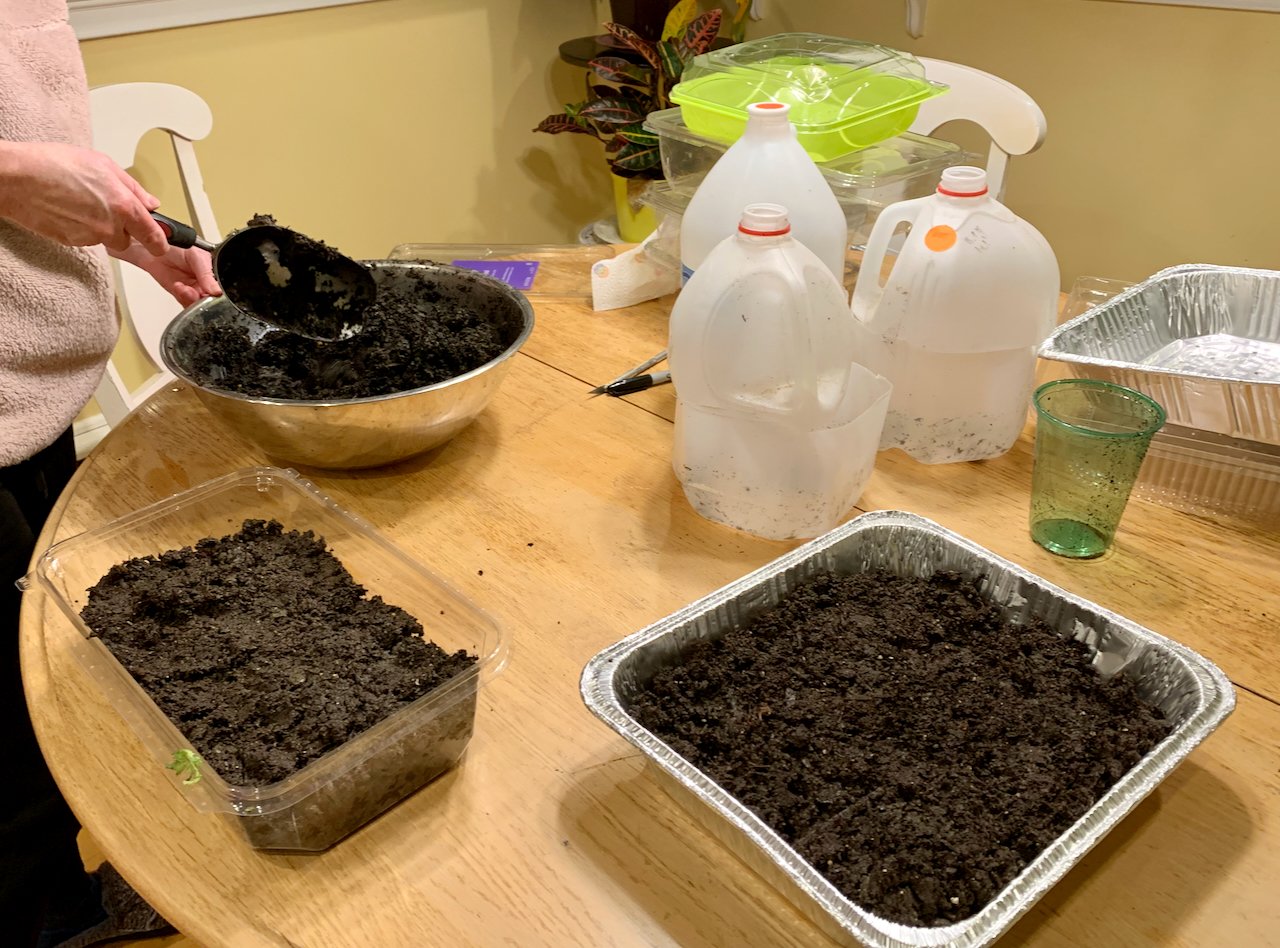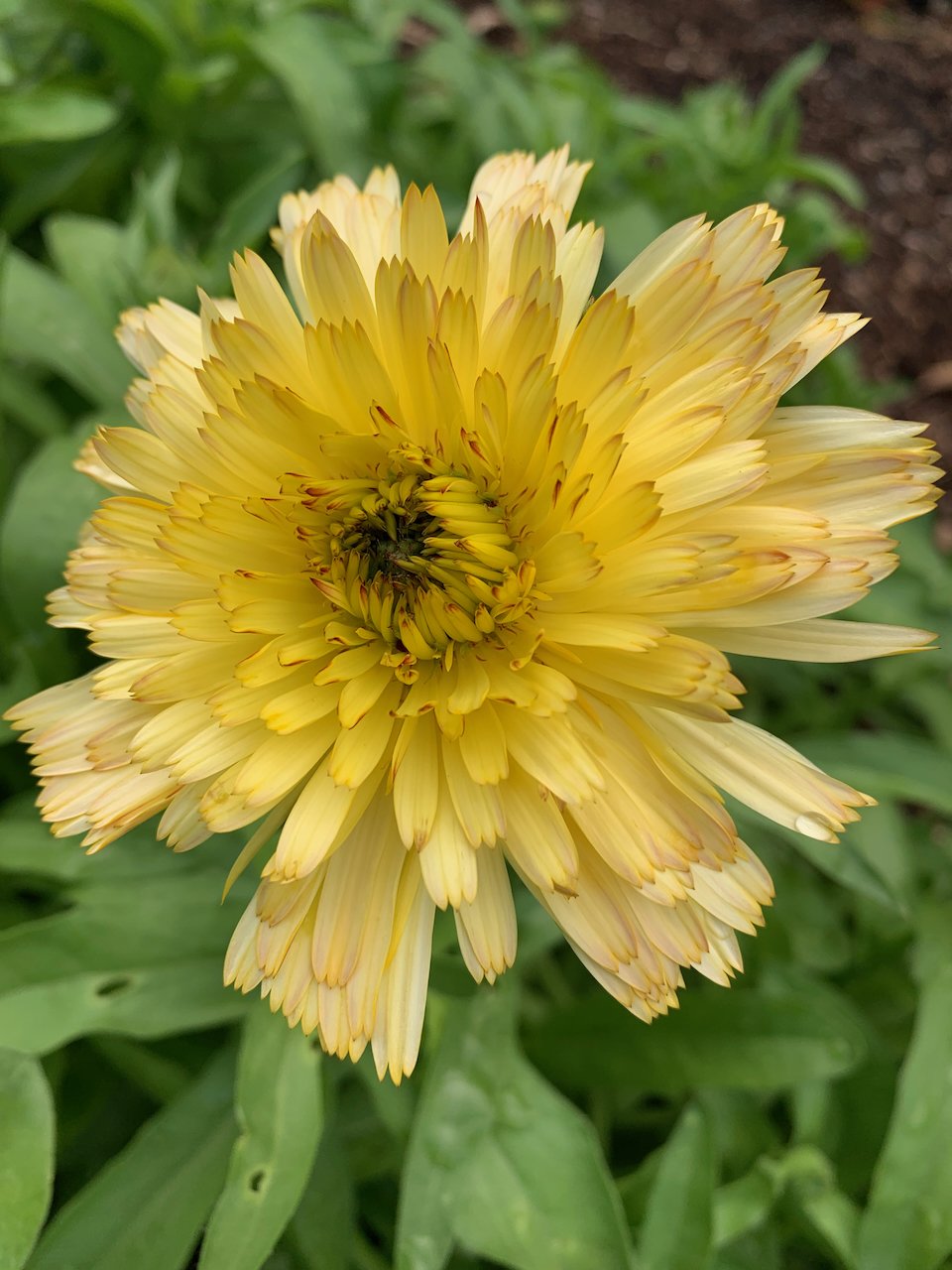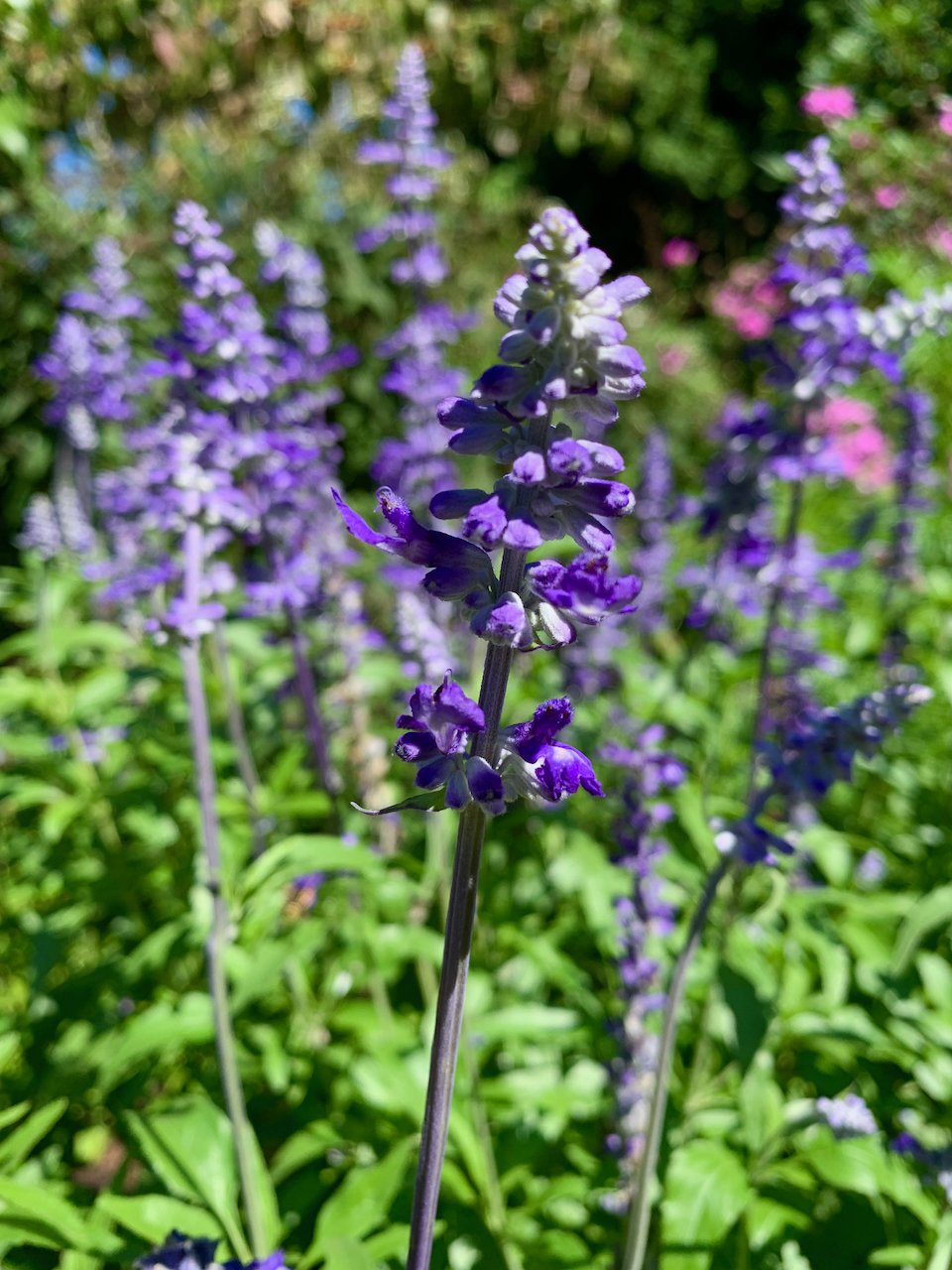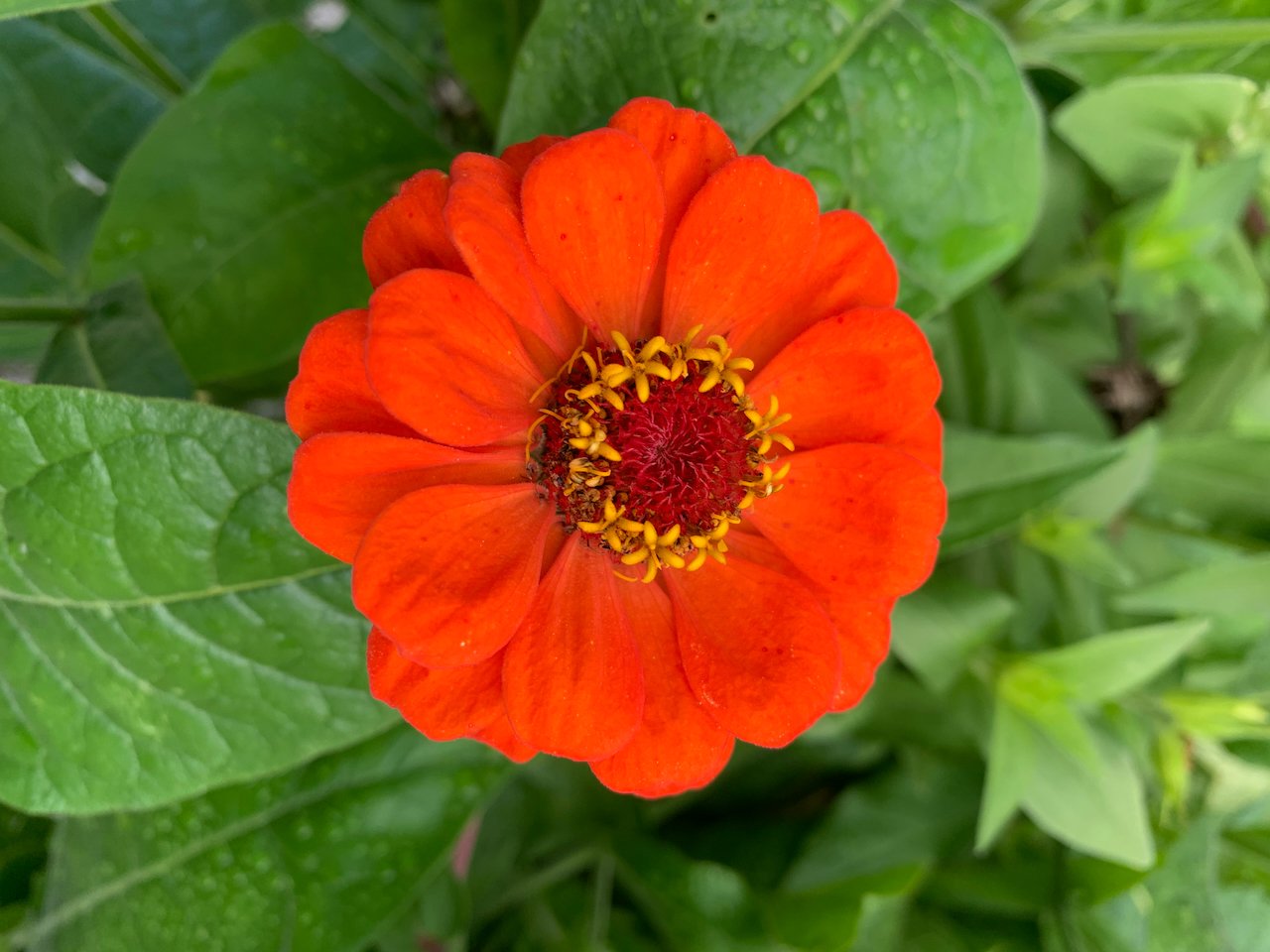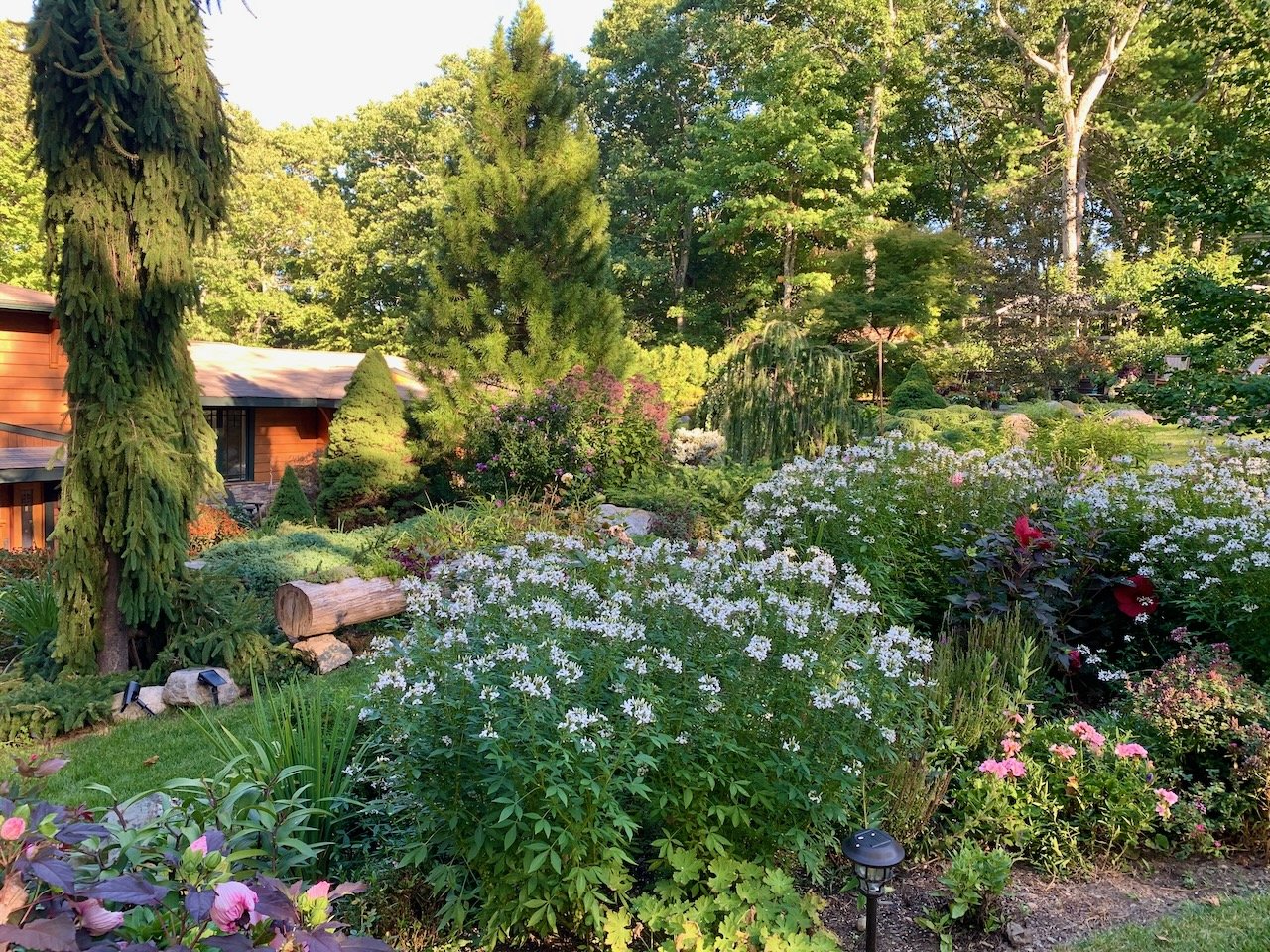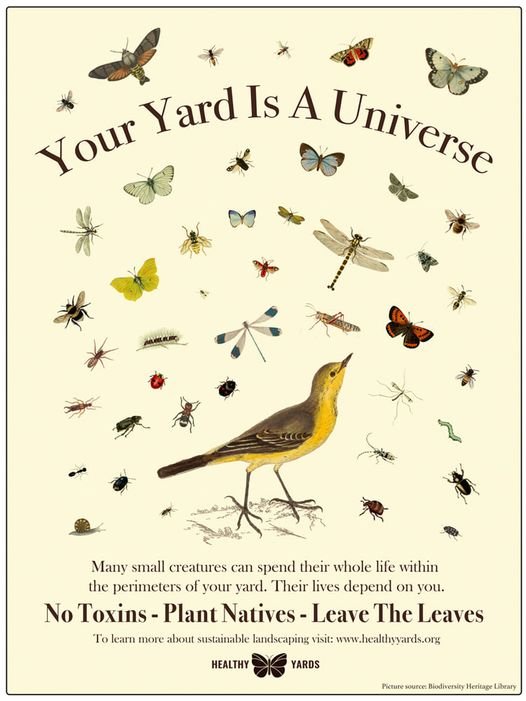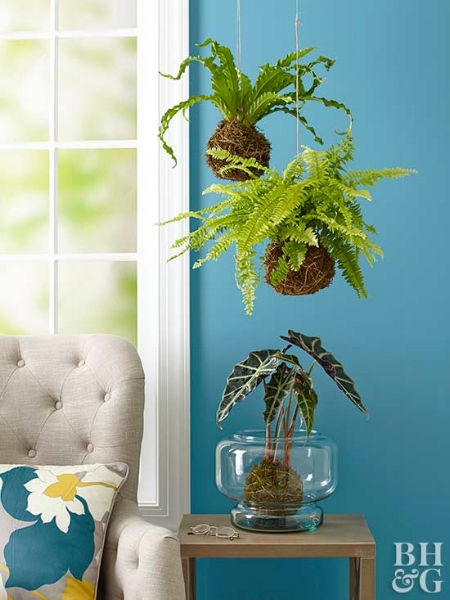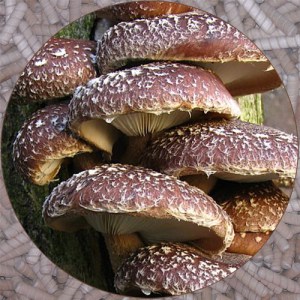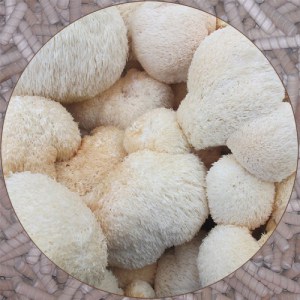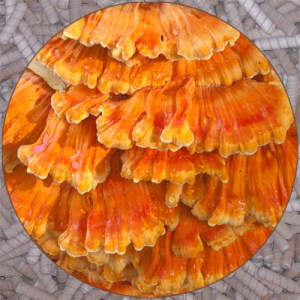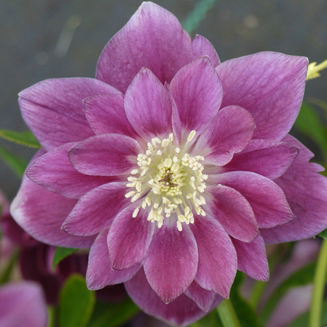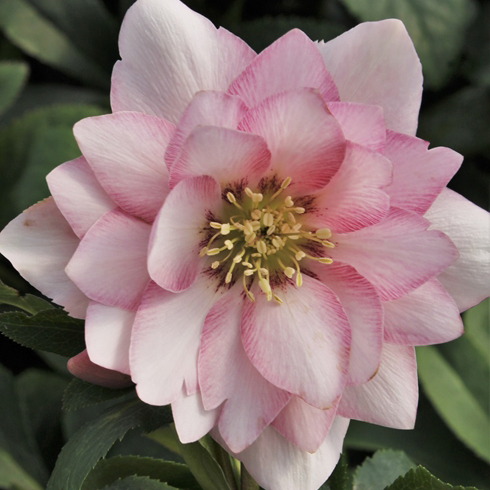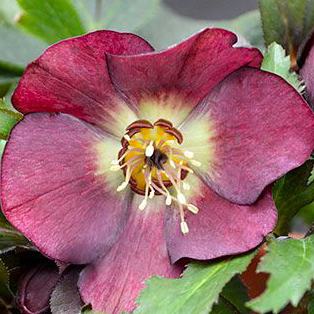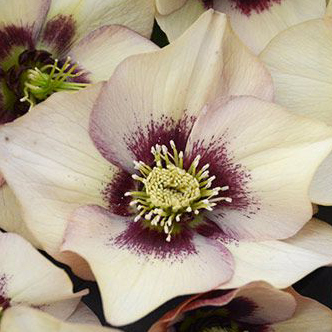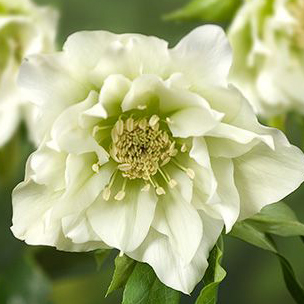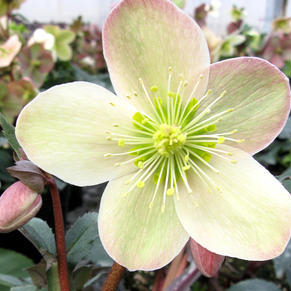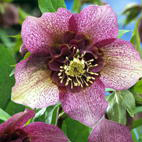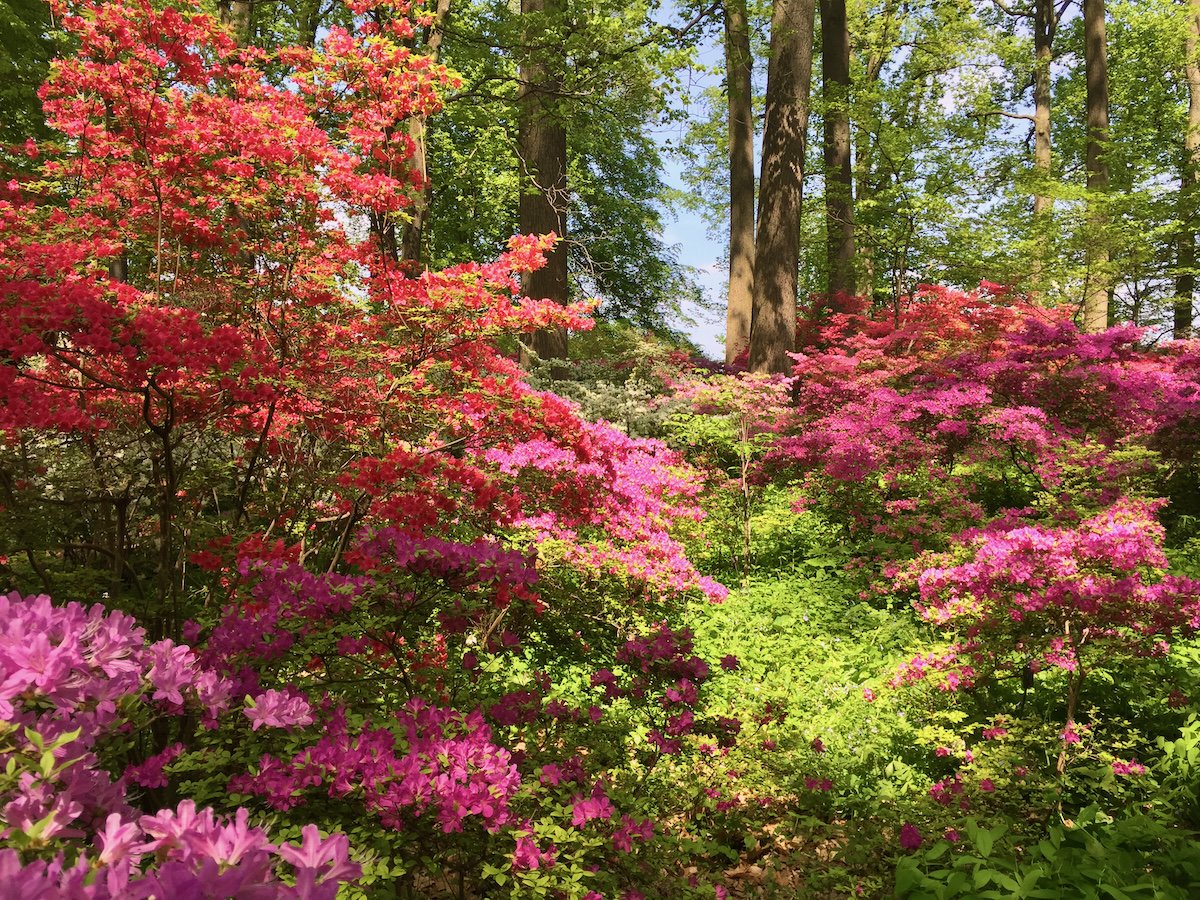Gardening in March: 10 Things You Can Do to Prepare for Spring
/With temperatures climbing this week, the feeling of spring is in the air. While I know that true spring is still a ways off, the desire to get outside and work in the garden is getting strong. Luckily, there are a few garden tasks that should be done now, before the soil warms up, the trees leaf out, and the rapid growth of bulbs and perennials begins.
1. Prune deciduous trees and shrubs
Late winter is prime pruning time for deciduous trees and shrubs, while they are still dormant. Always use sharp tools to make clean cuts, and let the wounds heal naturally. Remove dead, damaged, or diseased wood, suckers and water sprouts. This is the ideal time to prune fruit trees and summer-blooming shrubs such as weigela, butterfly bush, redtwig dogwood, and spireas.
2. Pamper discolored evergreens
Evergreen foliage may become brown or bleached during winter due to excessive transpiration, sun exposure, or cold temperatures in early fall. Injured plants should be fertilized in early spring and watered well throughout the season. It’s best to wait until mid-spring before pruning out injured foliage. Although brown foliage is most likely dead, the buds, which are more cold-hardy than foliage, will often grow and fill in the shrub. If the buds have not survived, prune dead branches back to living tissue.
3. Remedy snow and ice damage on multi-leader trees
Heavy snow and ice storms cause damage by bending and breaking branches. Multiple leader, upright evergreens, such as arborvitae and juniper, and multiple leader or clump trees, such as birch, are most subject to snow and ice damage. Small trees can be temporarily wrapped together or the leaders tied with strips of strong cloth or nylon stockings to correct the splaying that occurs in winter. Large multi-stemmed trees should be cabled together by a professional arborist.
4. Prune hydrangeas
I like to leave most of my hydrangea blooms for winter interest in the garden, but now is the time to prepare the shrubs for spring growth. I carefully remove any dead branches from all my plants, cutting down gradually on each stalk to make sure that I don't remove a branch that looks dead, but is green half way down the stem. I reduce my mature paniculata hydrangeas to about half their height to keep them in scale with their garden location. My hedge of ‘Annabelle’ hydrangeas is cut back to 2’ in height. This keeps the hedge at a compact height, and the plants produce stronger stems to hold up those giant white mopheads. My ‘Endless Summer’ hydrangeas receive a very light pruning to remove the dried flowers and restore a rounded shape.
5. Trim roses and remove winter mulch
Winter pruning should be done when the season begins to warm up and the small buds begin to swell. It is best to wait until the worst of the frosts have passed - early April in Massachusetts. I remove any dead or weak stems and last year’s flower buds, and reduce shrub roses to about half their size, aiming to create a nice rounded shrub. I also gradually remove my winter mulch of compost or shredded leaves.
6. Prune Group 3 (or Type C) clematis
These are the summer blooming varieties such as the viticellas, Jackmanii types, texensis, the herbaceous species such as integrifolia and recta that bloom on new wood and the late bloomers such as Sweet Autumn Clematis (C. terniflora) and orientalis types. Clematis in Group 3 mainly flower on new wood produced in the current year and should be pruned back severely every year in late winter, when they are completely dormant, to about 12 - 14 inches. Leave at least two pairs of buds (4) on each stem of the plant. Most Group 3s are very fast growing and will reach their full height before blooming every summer. If you fail to prune these, they will develop long 'legs' that get woody and will be devoid of foliage and blooms.
7. Cut back ornamental grasses
I like the look of ornamental grasses in early winter, but by late January, they have collapsed into a mess of tangled stalks. This is a great time to clean up the grasses before new shoots appear in the spring.
8. Cut back foliage of persistent perennials
Perennials with evergreen foliage, such as hellebores, epimediums, and ginger will soon start sending out new growth or flowers. Late winter is a great time to remove last year’s tattered foliage without harming the emerging new shoots or flower buds. To fully enjoy the blooms of your Orientalis hellebores, make sure that you remove all of last year’s foliage. Hellebore Foetidus grows as a single stalk, so should NOT be trimmed in this way.
9. Replant heaved plants
The freezing/thawing cycles of early spring sometimes lift entire small plants out of the ground. Check your garden for any heaved perennials and gently replant and water them as soon as possible. Heucheras, astrantias and newly planted perennials are susceptible to heaving. A layer of winter mulch or evergreen bows remedies this problem by keeping the soil at a more even temperature through the winter.
10. Feed spring bulbs
Spring bulbs will benefit with a dose of an all-natural organic fertilizer as their green tips push through the ground.




